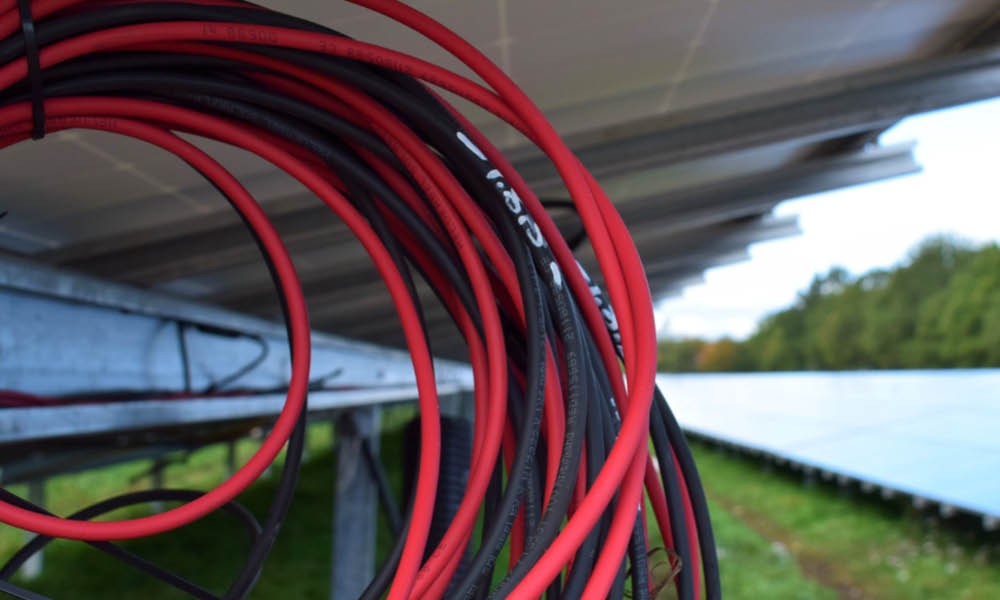Is the solar boom over?
In light of the recent forecast indicating an expected decrease in new solar installations in Sweden for 2024, it's vital to view these figures within a broader context.
After several years of rapid growth, culminating in an explosive increase in 2023, the predicted 32 percent decrease is a poignant reminder that markets often fluctuate, and each downturn can also create new opportunities.
Understanding the forces shaping the solar industry’s future is crucial. The EU’s EPBD Directive, slated for implementation by 2029, mandates the installation of solar panels on all new residential buildings. This marks a significant shift with potential both to reduce carbon emissions and to boost demand for solar installations. Although there are some reservations about its feasibility, this directive is an essential component of Europe’s pursuit of a more sustainable future.
Economic factors also play a critical role in the industry. Simulations suggest that electricity prices in Sweden could rise by up to 20 percent next year, potentially impacting the demand for solar energy and associated storage solutions. This anticipated increase in electricity prices makes solar energy and battery storage solutions increasingly appealing for consumers looking for cost-effective ways to manage their energy expenditures.
With the manufacturing costs of solar panels decreasing, it becomes more economically viable to construct large-scale solar parks and facilities. Projects like Strängnäs Solar Park and Eken in Linköping not only showcase scalable solutions for energy supply but also enhance Sweden's energy resilience.
Political decision-makers must address the need for improvements in the electrical grid's capacity and enact legislation that makes it easier for individuals to store and sell their self-produced solar energy. These steps will be crucial in broadening the adoption of solar energy and ensuring the sustainable growth of the solar industry.
In summary, while the solar industry confronts challenges, there remains substantial cause for both optimism and prudence. By learning from these challenges and adapting to the needs of the market, we can collectively advance towards a future where solar energy plays an even more integral role in our energy system. It is a journey worth pursuing, and I look forward to continuing the dialogue and exploration of these important topics.


